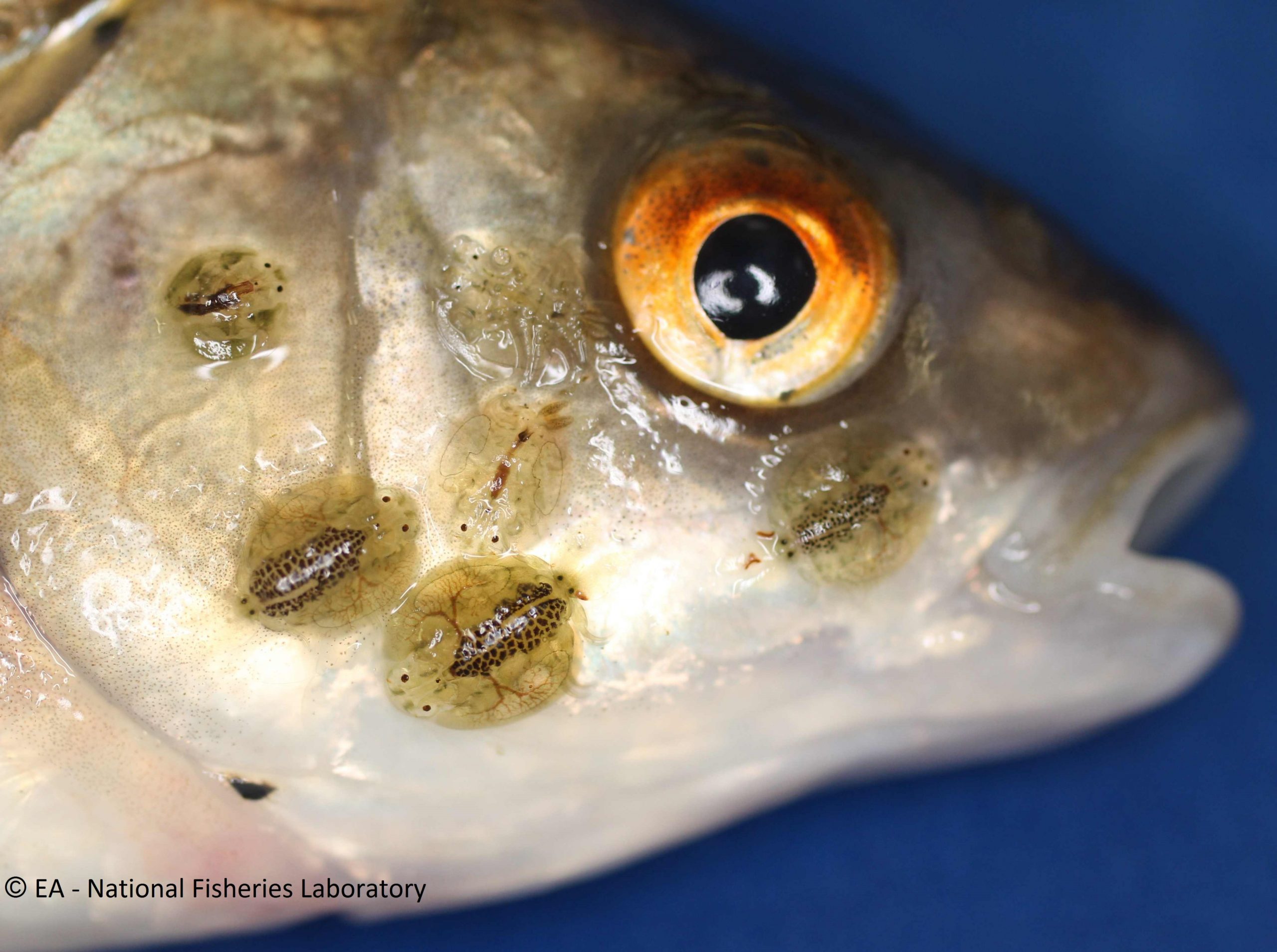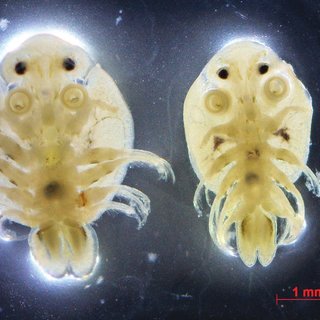- Your cart is empty
- Continue Shopping
Argulus Infection in Fish: Symptoms, Treatment, and Prevention

Introduction:
Argulus is a type of parasitic crustacean that affects fish and other aquatic animals. It attaches to the host's body and feeds on its blood and bodily fluids. Argulus infection in fish can cause serious health problems if left untreated. In this article, we will discuss the symptoms, treatment, and prevention of Argulus infection in fish.
Symptoms of Argulus Infection in Fish:
Argulus infection in fish can cause a range of symptoms, including:
- Skin irritation and inflammation
- Redness and swelling
- Itching and scratching
- Ulcers and lesions on the skin
- Anemia
- Decreased appetite
- Sluggishness and lethargy
Headings:
- How does Argulus infect fish?
- Diagnosis of Argulus infection in fish
- Treatment of Argulus infection in fish
- Prevention of Argulus infection in fish
How does Argulus infect fish?
Argulus infects fish by attaching itself to the skin, fins, and gills of the fish. It uses its sharp mandibles to pierce the fish's skin and suck its blood and bodily fluids. Argulus can also lay eggs on the host's body, which can lead to further infestation.

Diagnosis of Argulus infection in fish:
Diagnosing Argulus infection in fish can be difficult, as the parasites are often too small to see with the naked eye. However, some signs that your fish may have Argulus infection include redness, inflammation, and ulcers on the skin, as well as lethargy and decreased appetite.
To confirm a diagnosis of Argulus infection, a veterinarian or fish health expert may use a microscope to examine the fish's skin, fins, and gills for the presence of the parasite.

Treatment of Argulus infection in fish:
Treating Argulus infection in fish typically involves the use of medication to kill the parasites. Some common treatments for Argulus infection in fish include:
- Medications containing organophosphates, which are toxic to Argulus but relatively safe for fish
- Chemical treatments such as formalin or potassium permanganate
- Bath treatments, in which the fish is soaked in a medicated solution for a specific amount of time
- Physical removal of the parasites with tweezers or a fine mesh net
It's important to note that some of these treatments can be harmful to fish if not used properly. Therefore, it's best to consult a veterinarian or fish health expert for advice on the best treatment plan for your fish.
Prevention of Argulus infection in fish:
Preventing Argulus infection in fish involves maintaining a clean and healthy environment for your fish. Some ways to prevent Argulus infection include:
- Regularly cleaning and maintaining your fish tank or pond
- Avoiding overfeeding your fish, which can lead to poor water quality and increased risk of infection
- Quarantining new fish before introducing them to your main tank or pond
- Regularly inspecting your fish for signs of infection
- Using a water treatment that is effective against parasites
FAQs:
- Can Argulus infect humans?
No, Argulus is not known to infect humans.
- Can Argulus kill fish?
Yes, severe infestations of Argulus can be fatal to fish, especially if left untreated.
Conclusion:
Argulus infection in fish can be a serious problem for fish owners. Understanding the symptoms, diagnosis, treatment, and prevention of this parasitic infection is crucial for maintaining the health of your fish.

